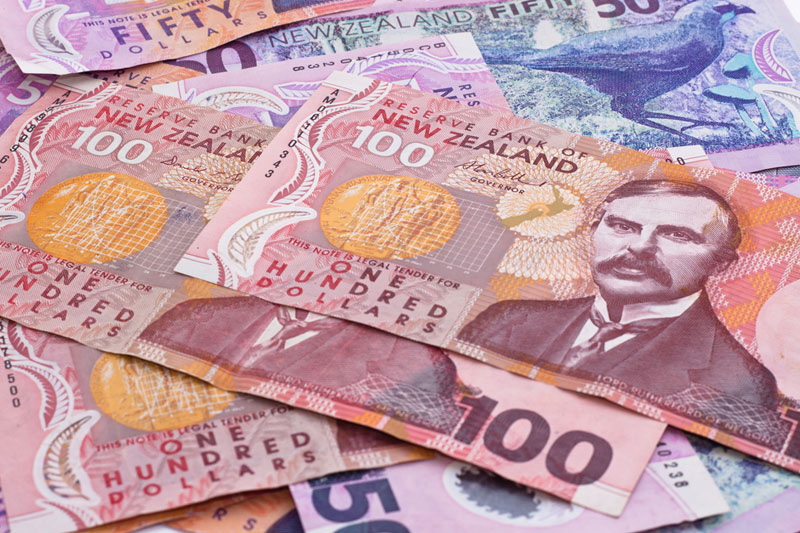US LNG exports surge but will buyers in China turn up?
Investing.com -- On the day of the Reserve Bank of New Zealand’s (RBNZ) latest policy meeting, the New Zealand dollar (NZDUSD) experienced a 0.5% upswing following a less dovish stance than anticipated from the central bank.
The RBNZ cut the official cash rate by 25 basis points to 3.25%, with one policy committee member voting to hold rates steady. Acting Governor Christian Hawkesby’s comments, which were not as dovish as expected, contributed to the currency’s rise.
The RBNZ’s decision marked the first instance where the votes of the monetary policy committee were made public, a move that coincided with the emergence of a dissenting voice within the committee. UBS has maintained its forecast for the terminal rate at 3%, but adjusted the expected timing of this cut to August 20, 2025, from an earlier prediction of July.
The central bank’s own projections now indicate a sharper decline in the cash rate, dipping slightly below 3%. RBNZ Chief Economist Paul Conway echoed Hawkesby’s sentiment, indicating that the current cash rate is "in the range of neutral."
According to UBS FX strategists, this suggests a growing reluctance to implement consecutive rate cuts without further data to assess the impact of policy changes.
Additionally, the RBNZ raised its second-quarter Consumer Price Index (CPI) forecast to 0.5% quarter-over-quarter and 2.6% year-over-year, up from the previous forecast of 2.4%. However, it expects the peak inflation rate to remain at 2.7% year-over-year for the third quarter of 2025, with a notable drop to 1.9% in the first quarter of 2026, revised from 2.2%. These revisions align with other forecast changes, including a higher near-term output gap and a more substantial decrease in 2026.
UBS’s currency forecasts for the end of September, December, and March stand at 0.61, 0.62, and 0.64, respectively, with an initial estimate of 0.64 for the end of June. The firm also cautions that setbacks could occur if trade-related tensions resurface in early July.
Market participants are now looking ahead to the upcoming CPI data for the second quarter of 2025, set to be released on July 21, which could influence the timing of future rate cuts.
This article was generated with the support of AI and reviewed by an editor. For more information see our T&C.
